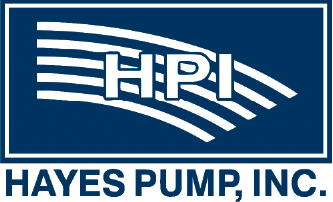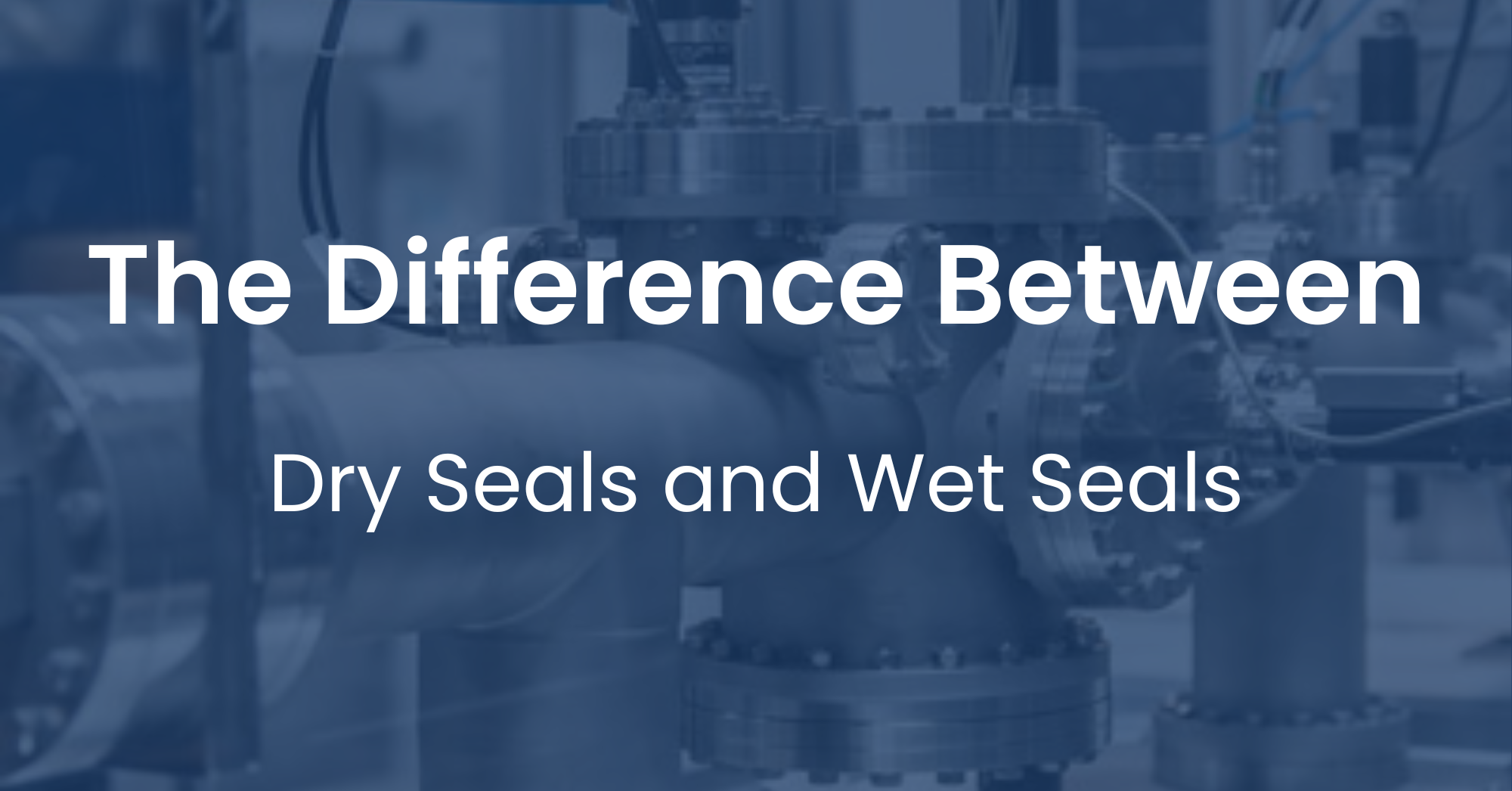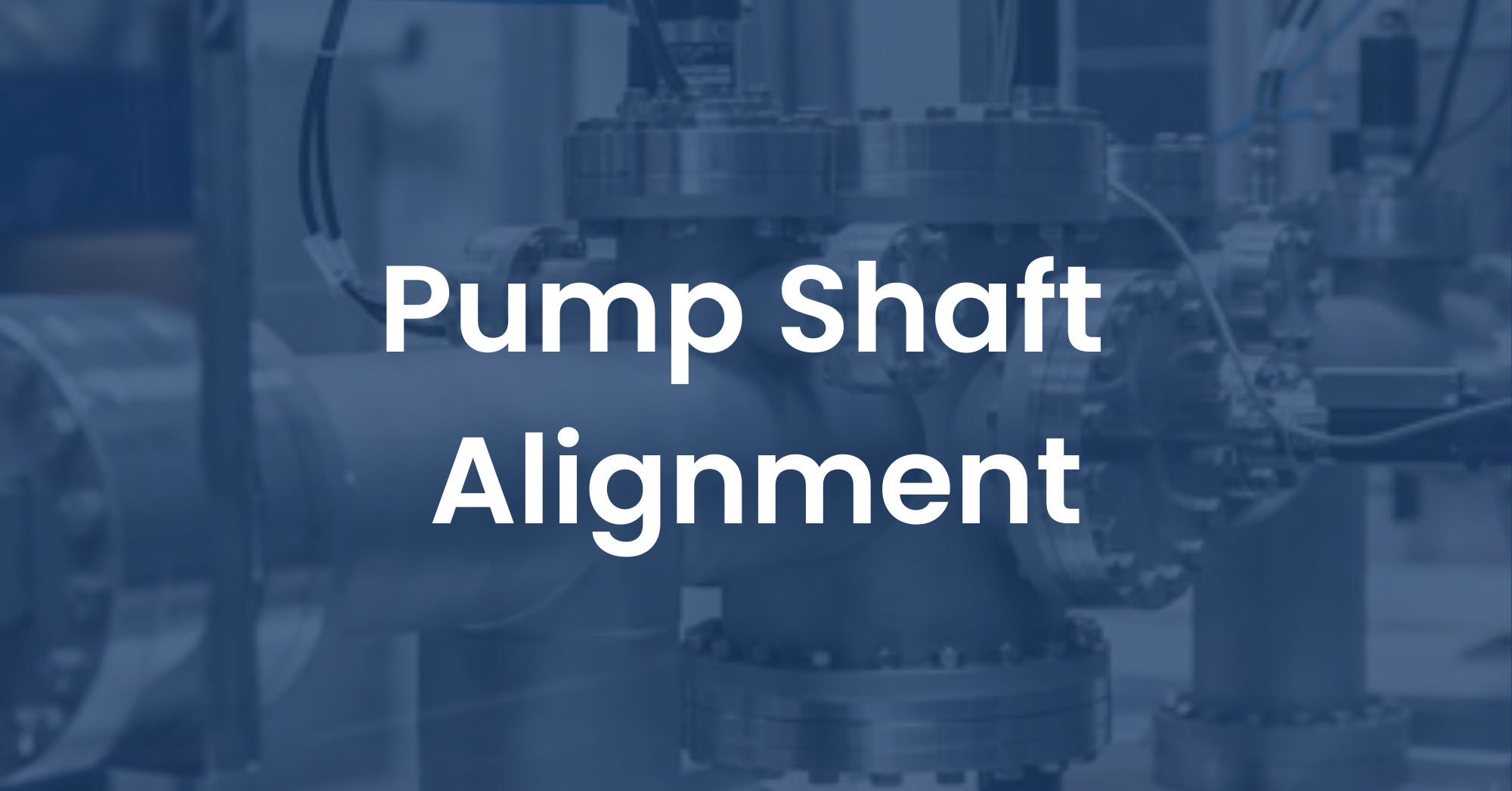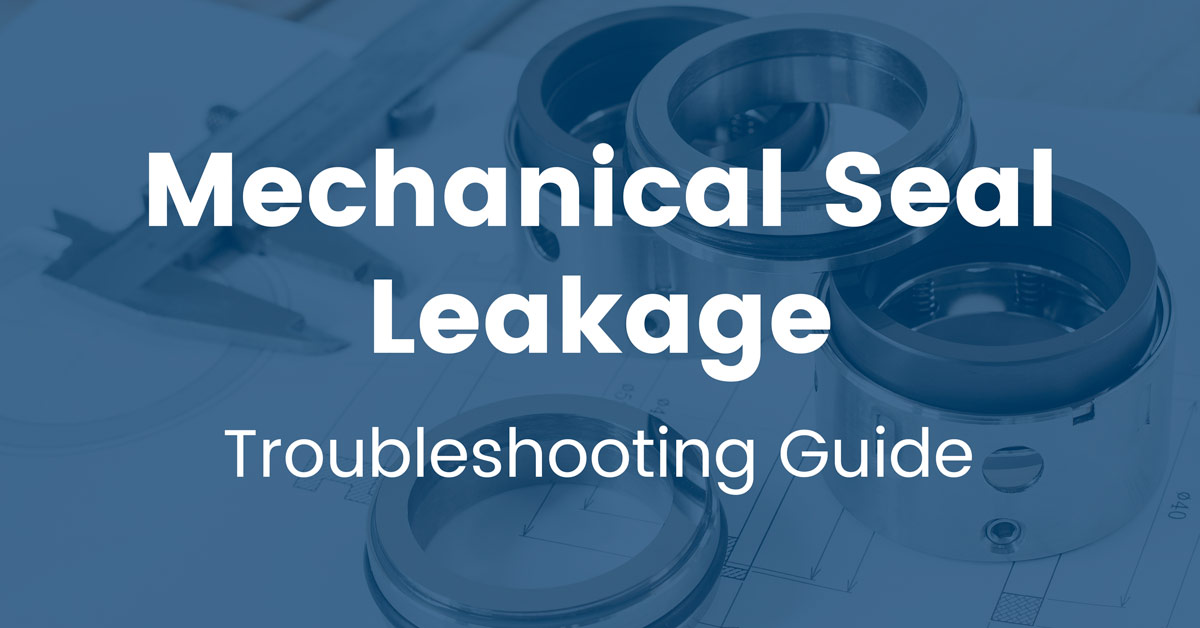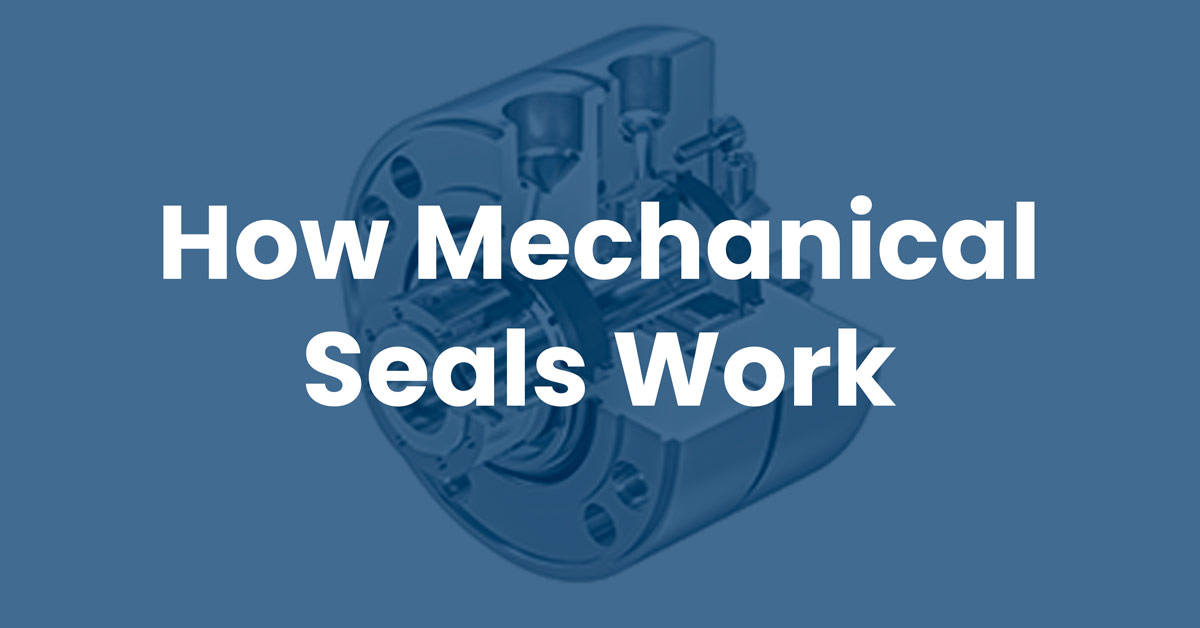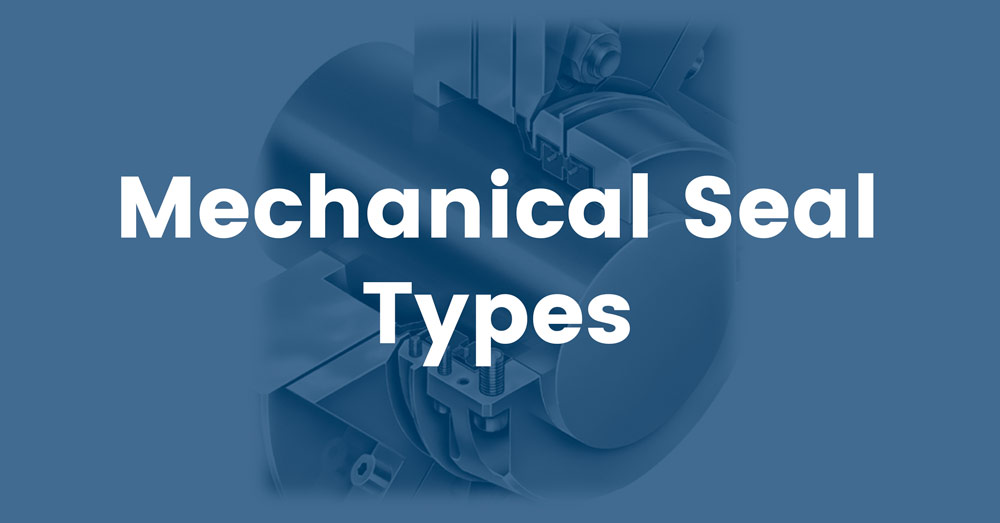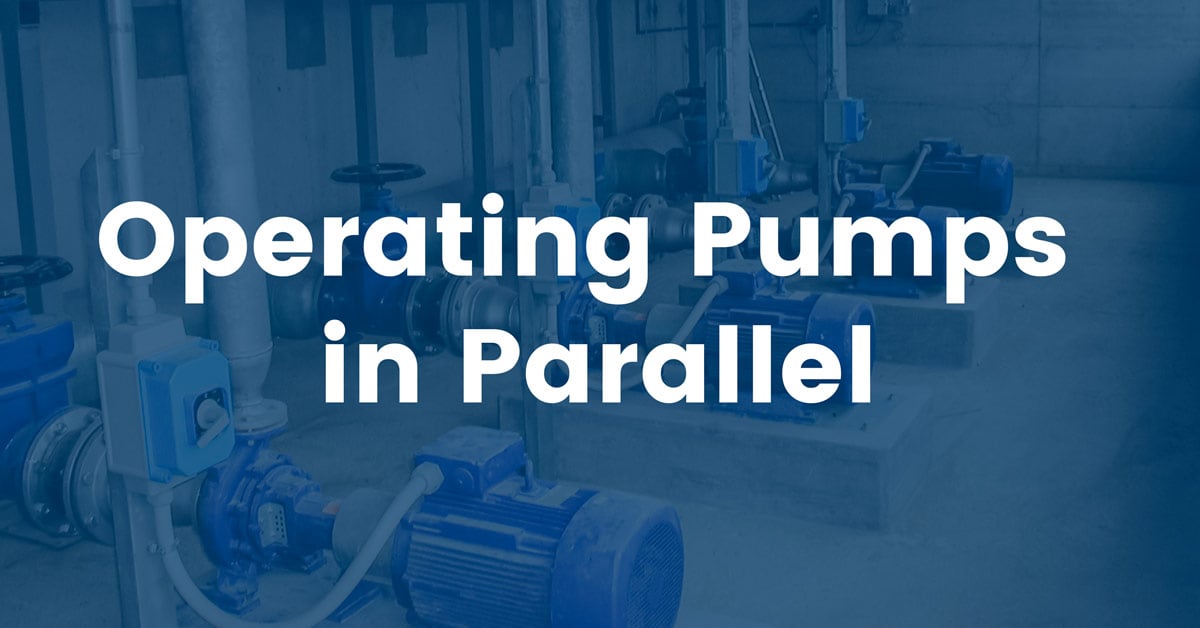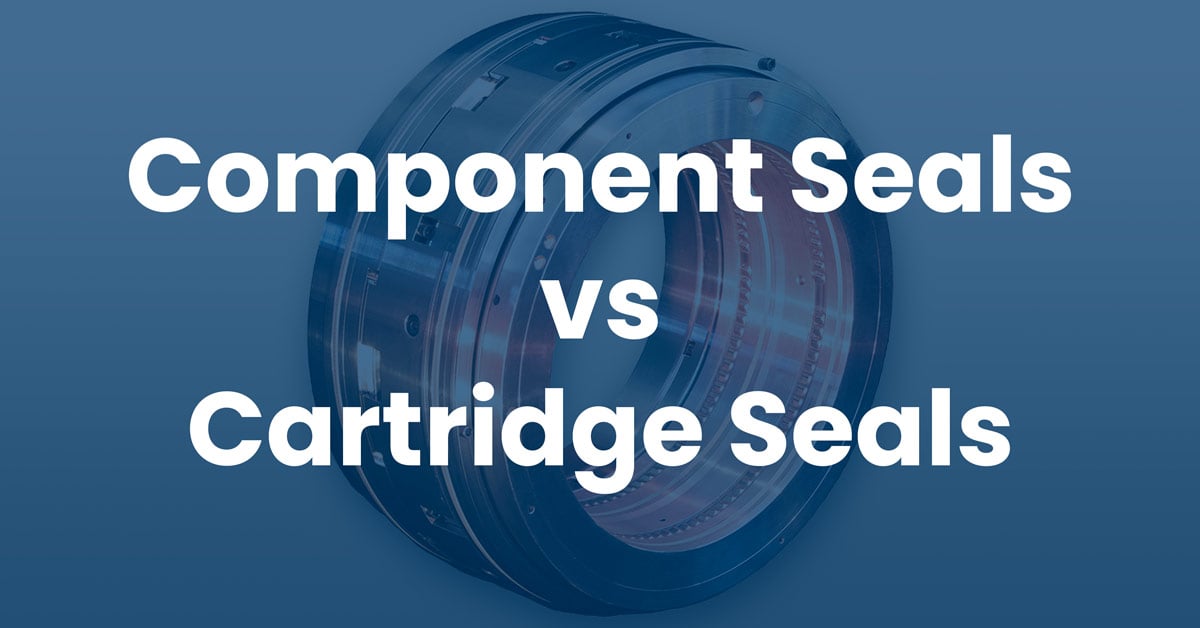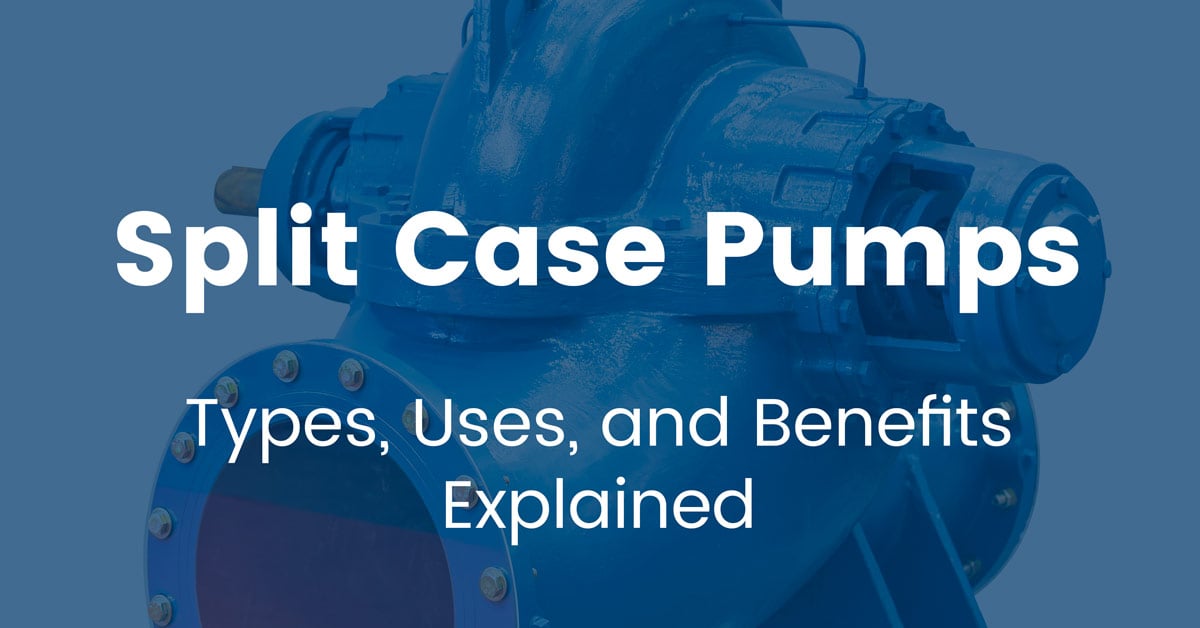The Difference Between Dry and Wet Seals
For centrifugal compressors that produce natural gas, also known as methane, seals on the machine’s rotating shafts prevent pressurized gas from escaping from the compressor’s casing. A conventional method for sealing the casing utilizes oil under high pressure to act as a barrier to stop gas from escaping. These are known as wet gas seals. Yet, for many situations, companies involved in producing and transmitting natural gas are moving towards using dry seals. Gas seals like these instead use pressurized nitrogen or another similar substance in gaseous form, which reduces both methane emissions and operational expenses.
